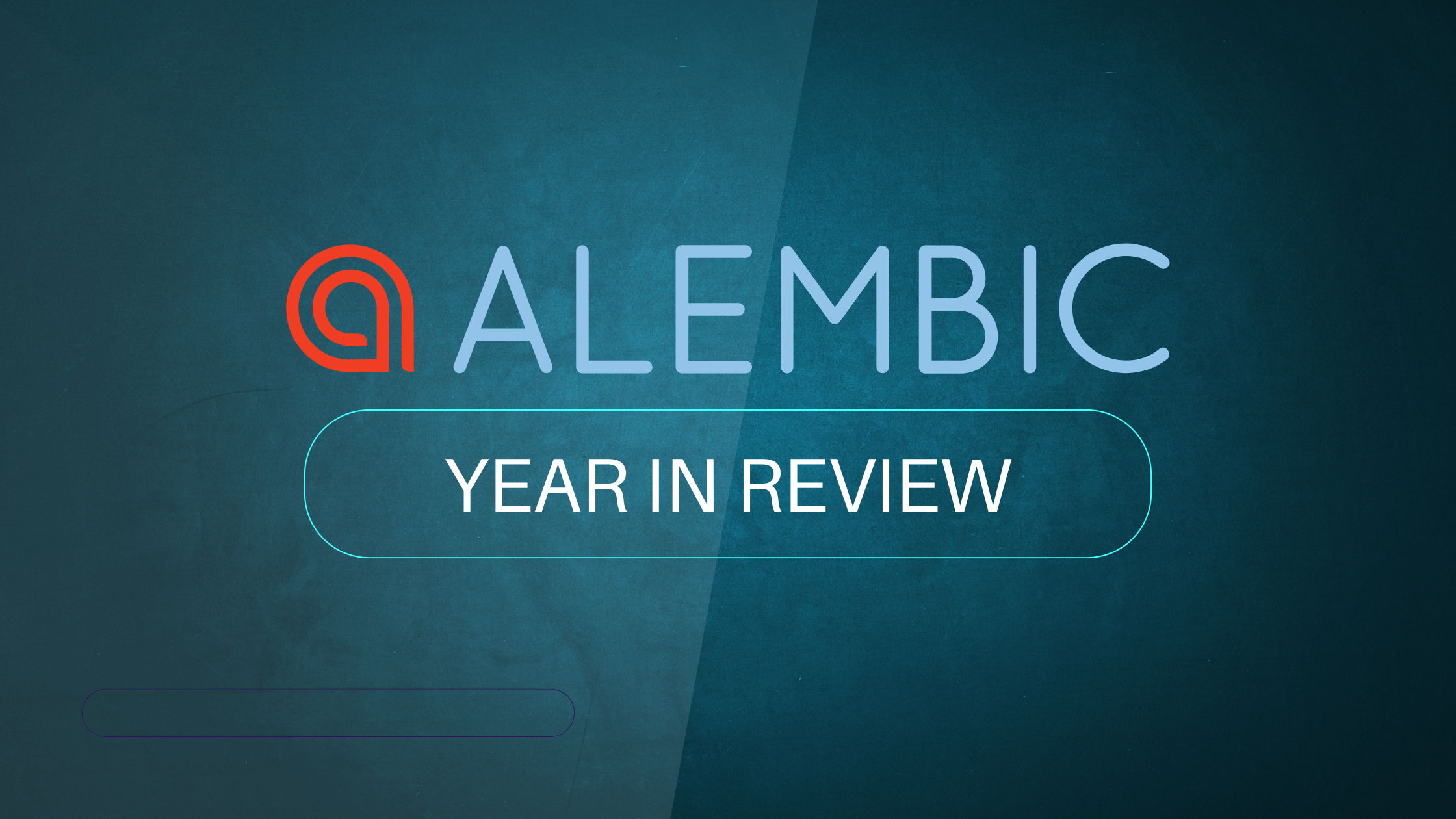In software development, the right team structure can make or break a project. At Alembic, we've found that smaller teams - what we call "Tiny Teams” - can drive great results. They do so without the inefficiencies and communication problems that often hurt larger groups. Our teams focus on flexibility, ownership, and seamless collaboration to deliver high-quality work, proving that sometimes less is truly more.
The Challenge of Traditional Software Development
In traditional product teams, the structure usually includes a mix of developers. They work under a product manager, often alongside one or more designers. Marty Cagan suggests an ideal ratio of one product manager for every 6-10 engineers. Add in designers, and you can end up with a team of 13 or more. While these teams may be cross-functional, they often consist of individual specialists. The most common of specialties is the split between front-end and back-end engineers.
This setup can lead to resource utilisation issues. Some specialists might have too much work while others have too little, resulting in inefficiencies and potential wastage of time and money. Achieving a perfect balance of work across all areas is impossible, causing delays and increased costs.
Moreover, larger teams mean more complex group dynamics. More people mean more coordination, more meetings, and more convoluted decision-making processes. In such teams, it's often unclear who "owns" tasks. This leads to lower motivation, missed deadlines, and duplicated work.
The Alembic Approach: Tiny Teams
At Alembic, we've found that cutting team size to 2 to 6 developers helps with many problems seen in larger teams. As a result of a lower head count, we are able to deliver and produce high-quality output.
We address resource utilisation by forming teams of full-stack developers. Although people may have preferences or specialist skills in some areas, we train all team members in both front-end and back-end technologies. This approach provides flexibility that traditional teams with individual specialists can't match. It ensures that no one is ever idle, and that any team member can handle various tasks. This allows for smooth operations and easy transitions as client needs change.
When teams focus on cohesion and collaboration, they achieve remarkable results. A strong team culture that promotes ownership and pride in delivering quality work results in better products. By establishing good interpersonal relationships, small teams can shorten their feedback cycles, and work together to provide clear goals, roles, and responsibilities.
Benefits of Tiny Teams
Our Tiny Teams approach has several benefits. Smaller teams see increased efficiency and productivity at every stage of development. Small teams have less communication overhead. They can communicate more easily and directly. This becomes particularly valuable in a remote working environment, where teams rely heavily on async channels. Seamless communication means that teams are less prone to the misunderstandings and miscommunications that can plague larger teams.
Clear communication and proper ownership over work reduces the need for frequent alignment meetings. This not only boosts productivity by allowing developers to spend more time delivering value, but also saves our clients time and money.
Smaller teams lead to faster turnaround times. With fewer developers, teams make decisions faster. They avoid the long decision-making that slows down larger teams. This allows for quicker feedback implementation and more rapid testing of new features. This speed is crucial for startups trying to gauge product-market fit.
Small teams are more adaptable. They can pivot in response to changing business needs or new information. By building teams of full-stack developers, we've been able to shift tasks as the project’s needs change. This approach ensures teams have all of the skills needed to meet our clients’ needs, reducing the need for extra specialists.
Cost-effectiveness for clients
Small teams don’t just enhance delivery speed and communication; they also lower operating costs. Smaller teams mean less developers. Whom need fewer managers, saving on administration costs. It focusses ongoing investment on a small but well-rounded team capable of rapidly delivering high-quality work.
This approach allows for scalable efficiency without over-investing too early. Projects can start with a smaller team and gradually increase headcount as business and project requirements evolve. Conversely, they can scale back after the initial project delivery, retaining a smaller subset of the original team for ongoing maintenance and support. This ensures developers are always fully utilised and project teams are never larger than necessary.
Delivering Big Results - Tiny Teams in Practice
To see the impact of Alembic’s tiny team model, check out some of our case studies:
- Vexillum provides work design tools for planning and executing equipment maintenance in the natural resource extraction and transport industries. The initial version of this tool was built with a team of 2 developers in under 6 months.
- Class Solver is revolutionising how schools plan classes, using algorithms to group students for better learning outcomes and reducing administrative overhead for education staff. This project has consistently had only 2-3 developers working on it, yet has delivered remarkable results.
- For an international women’s ecommerce fashion brand, Alembic’s team of 2 developers transformed the client’s digital infrastructure to support multi-currency transactions and enhance overall system reliability.
By leveraging our Tiny Teams approach, Alembic delivers big results, ensuring our clients receive high-quality, efficient, and cost-effective solutions for their projects.





